The craftswomen who weave — and paint — their magic on Rolls-Royce's spectacular cars
The artisans at Rolls-Royce spend millions of hours each year producing the world's most exclusive cars, and personalising each one to fulfil the dreams of their well-heeled clients. To mark International Women's Day, Octavia Pollock visited the factory to meet some of the female craftspeople at the heart of the process, from the endlessly patient embroiderers to the steel-nerved artist who paints the coach line by hand on each vehicle.


Under a green roof abuzz with 300,000 bees, on the Goodwood estate just north of Chichester in West Sussex, needles flash and fretsaws whir, brushes swoop and engine parts slot into place with a satisfying clunk. This is the Rolls-Royce factory, where some of Britain’s most talented artisans, artists and engineers build around 6,000 of the world’s finest cars every year, each one being crafted by 90 pairs of hands. Designed by Sir Nicholas Grimshaw to blend into the idyllic surroundings of the South Downs National Park, yet also celebrate manufacturing excellence, it is sleek and clean, with a Glass Mile of windows illuminating the production line and state-of-the-art heating and cooling systems. Here, cars are not merely vehicles, but ‘design artefacts’, embodying at every stage founder Sir Henry Royce’s guiding idiom: ‘Strive for perfection in everything you do.’
‘Perfection’ is, indeed, evident in this factory, not least in the female artisans showing that, on International Women’s Day (March 8) and every day, motoring is not only a man’s world. There is no tokenism here: the women working their way up, learning new skills and developing new techniques are there by merit. They speak warmly of the opportunities available at the factory, the way talent is recognised and how everyone looks out for each other; mentioning a problem with the electrics at home instantly prompts a colleague to come and sort it out.
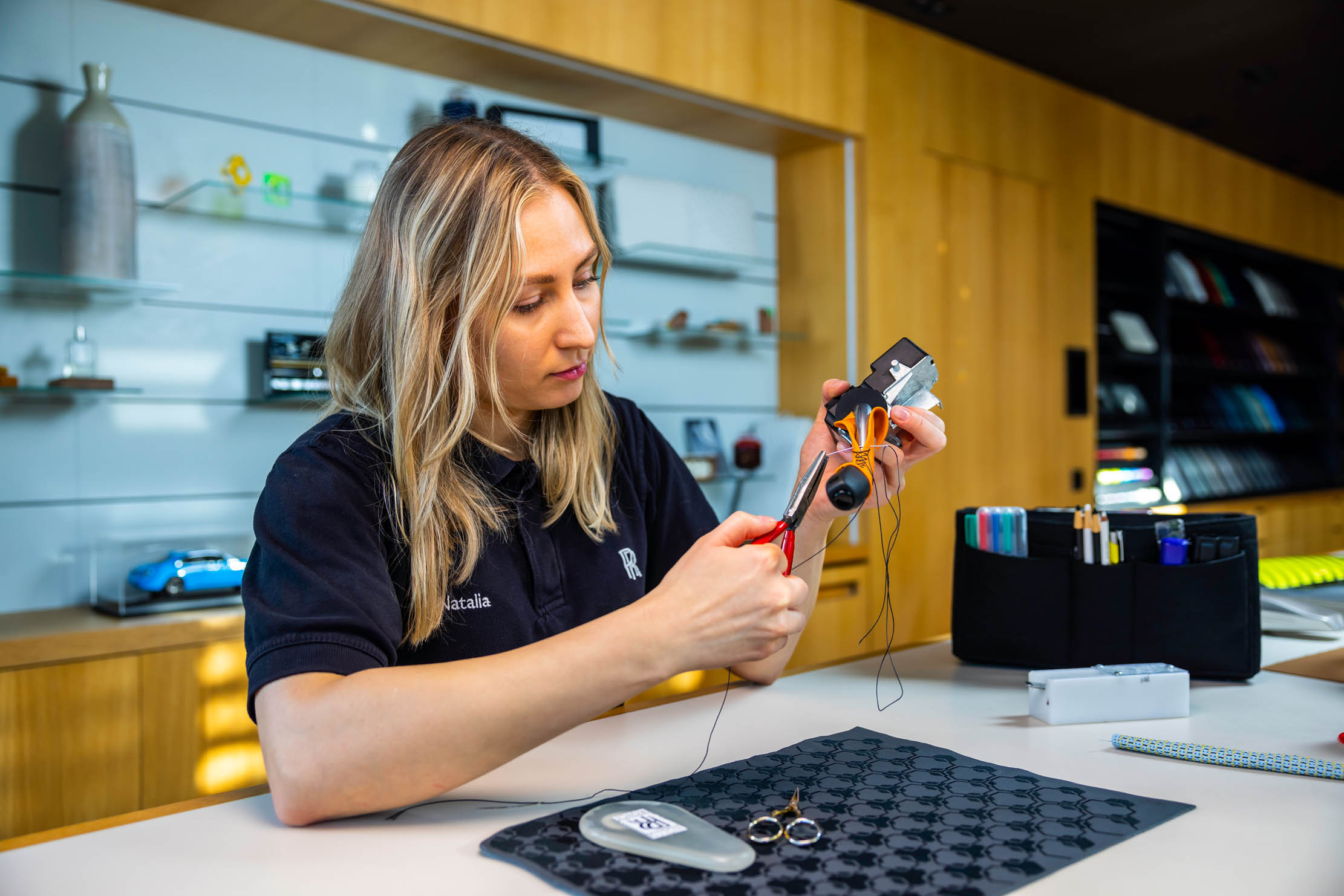
Key to the Rolls-Royce brand is opulence, which manifests itself in myriad ways. The focus for the bespoke clients, who hail from 50 countries around the world, might be a rose petal, a favourite pet or even a luminous green frog, or their car might be intended to echo the styling of their yacht. If the perfect accessory takes a year — or even more — to complete, so be it. As you’ve probably guessed, money is usually no object: the starting price of a Rolls-Royce Ghost is £330,000 (almost £50,000 more than the price of the average UK house), and any requested personal touches regularly add another six figures to the on-the-road price. In tough times there’s no denying not all will approve of such opulence, but remember that these numbers keep 2,000 people employed at the Chichester site, keeping ancient and modern skills alive.
For many, the first decision is colour. Paint specialist Sarah Hollowday describes her job as like being ‘a kid in a sweet shop’ and will blend shade after shade to satisfy the most exacting eye. At the other end of the process, the coachline painted by Chloe Dowsett’s steady hand in fast-drying enamel might be broken by a lion or rose. Her distinctive, long-bristled brushes nestle in a leather roll made, of course, by a colleague in the leather workshop, and her fine-art background emphasises the artistic ethos of Rolls-Royce styling.
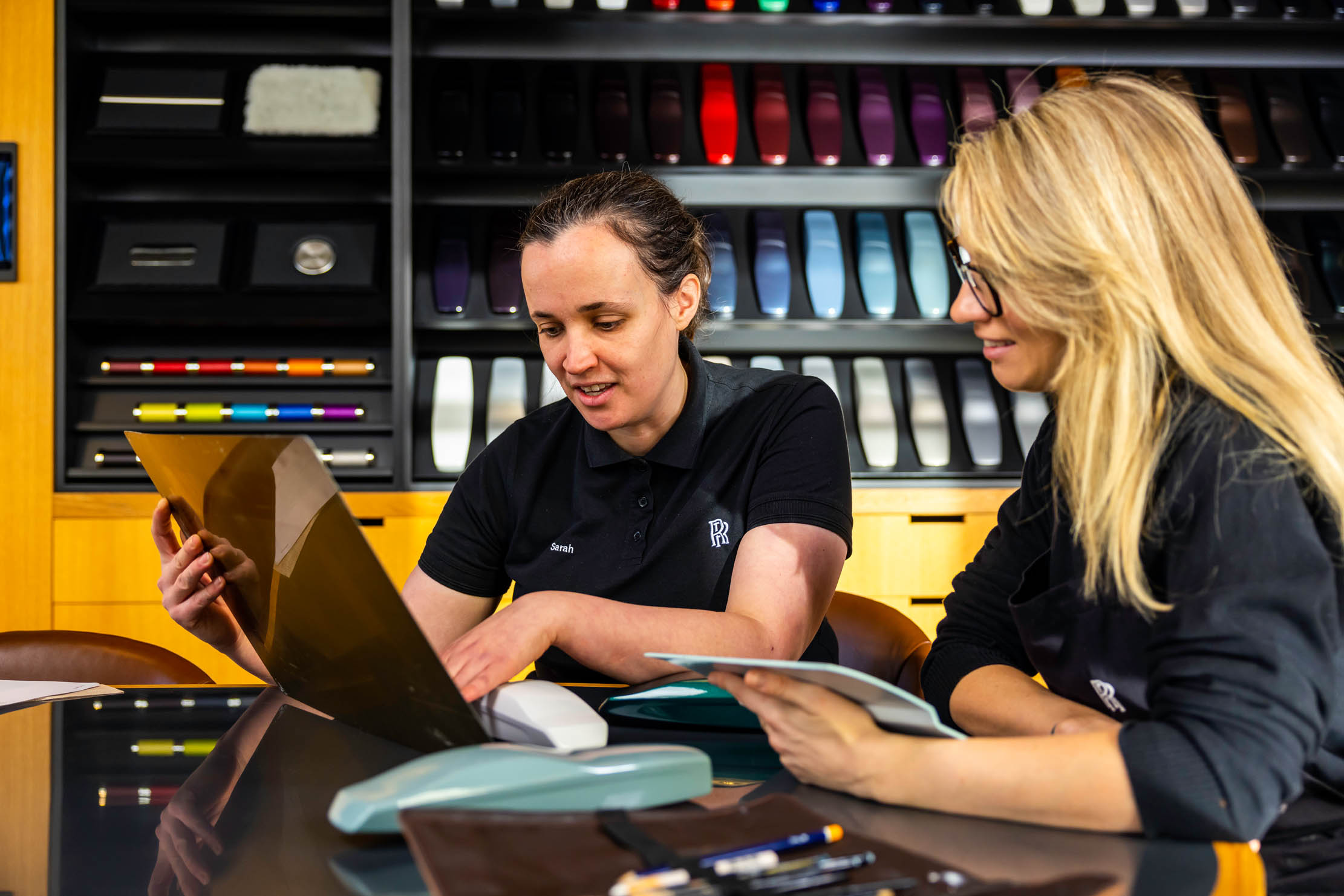
In most cars, the ceiling — or 'headliner', as manufacturers call it — is plain. Not so in a Ghost, Phantom, or other Rolls-Royce. It takes two people one eight-hour shift to make the holes and insert the slender fibre-optic cables that, when connected, turn the headliner into the night sky. As standard, it displays the constellations visible over the factory on the night of December 31, 2002/January 1, 2003, the day the plant opened, but any design can be created.
That design could be embellished with embroidery, created in the workshops by the likes of Natalia Zajac and Daisy Hopwood, where the work involves not only hand-sewing the leather that encases an indicator lever, but also developing the digital technology that allows a sewing machine to be programmed to stitch a complicated design, such as a hawk hovering amid lacy clouds. The leather itself is sourced from cows that graze at high altitudes, in the Alps or the Highlands, to ensure it is unblemished by insect bites.
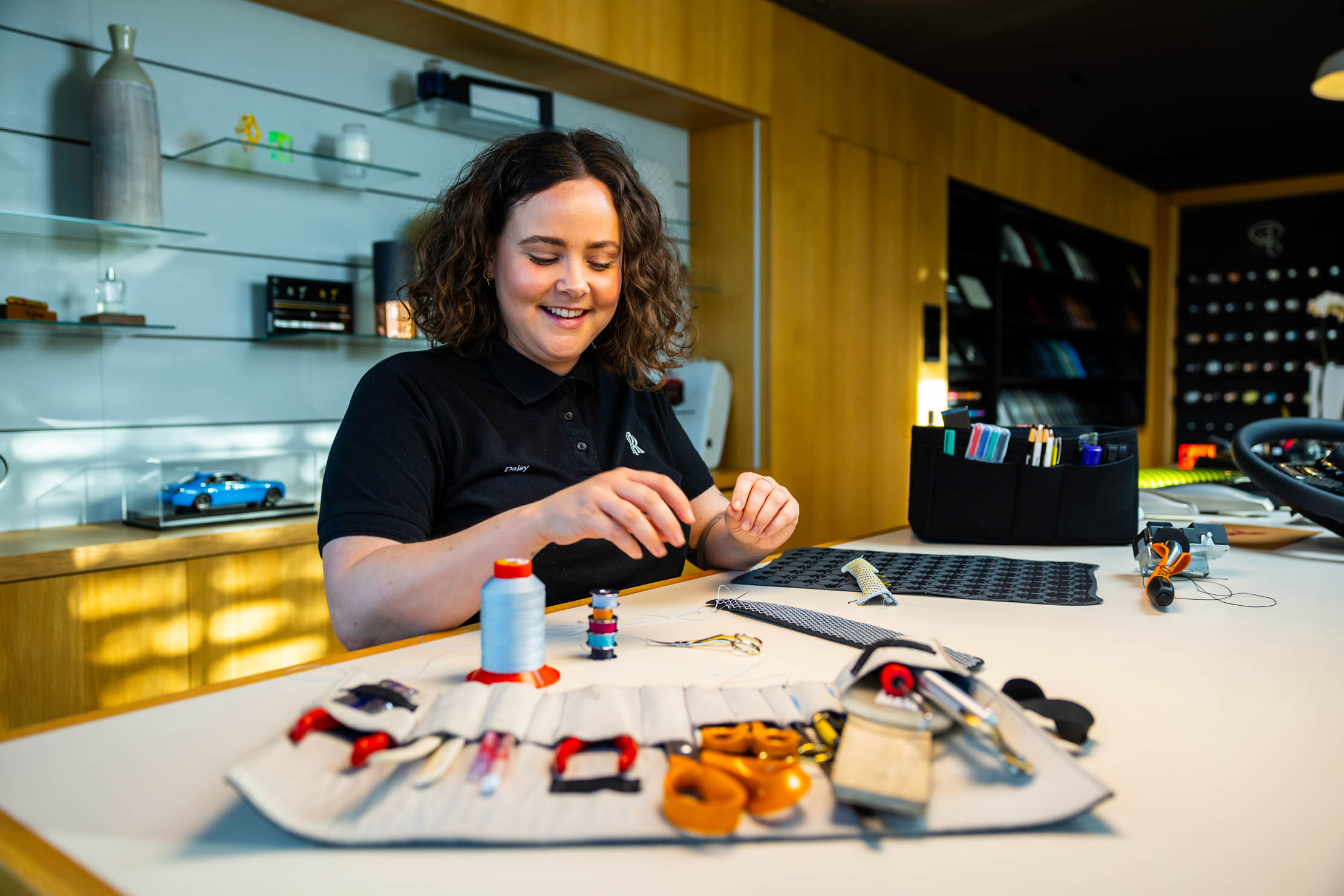
Further individuality comes from the choice of dashboard or trim, into which intricate marquetry designs might be worked. Alexandra Knight has developed an airbrushing technique that adds chiaroscuro to designs created by Audrey Fasquelle, who also teaches at nearby West Dean College. The timber itself is sourced from all over the world, with, naturally, an emphasis on sustainability; if a wood can no longer be obtained without damaging an area or depleting stocks, it is not used. Clients are patient: one who wanted rare Hawaiian koa had to wait until a tree had fallen down. Once obtained, veneers are kept in a humidor as sweet-smelling as any containing cigars, where racks of Tudor oak, macassar ebony, walnut burr and eucalyptus, to name but a few, await installation.
Exquisite houses, the beauty of Nature, and how to get the most from your life, straight to your inbox.

Intelligent decisions are evident throughout the plant, from the Phantom Gallery Clean Room in which dashboards are made, eliminating the slightest speck of dust, to the fact that the assembly of the new all-electric Spectre model has been seamlessly in to the existing process, ensuring the minimum of changes to the production line. That line winds through the vast factory, with robots and people swarming over each piece within the 32-minute window before it moves to the next step. Precision is all: there are only 300 seconds in which to instal a piece of glass before the glue loses its efficacy. Steady hands are vital.
Each car is subjected to the toughest of tests, including being deluged with more rain that it will ever meet even in a monsoon, before the purring engines start up for their owners. And those owners will be given the drive of their life. Somehow Rolls-Royce entrusted me with the keys to a Ghost to take a trip out to The Pig in the South Downs at Madehurst — and I felt as if I was driving a sports car rather.

It might be a noble saloon, but such is the acceleration and handling this big car was remarkably easy to drive and phenomenally comfortable. Heated steering wheels and massage seats, well-positioned instruments and a heads-up display in the windscreen for speed and navigation, not to mention the smoothest of automatic gearboxes, make driving a pleasure.
A fully bespoke Rolls-Royce may be beyond the reach of most, but, such is the skill and artistry behind each one, they are cars to be honoured and admired. If you are ever invited behind the wheel, accept immediately.
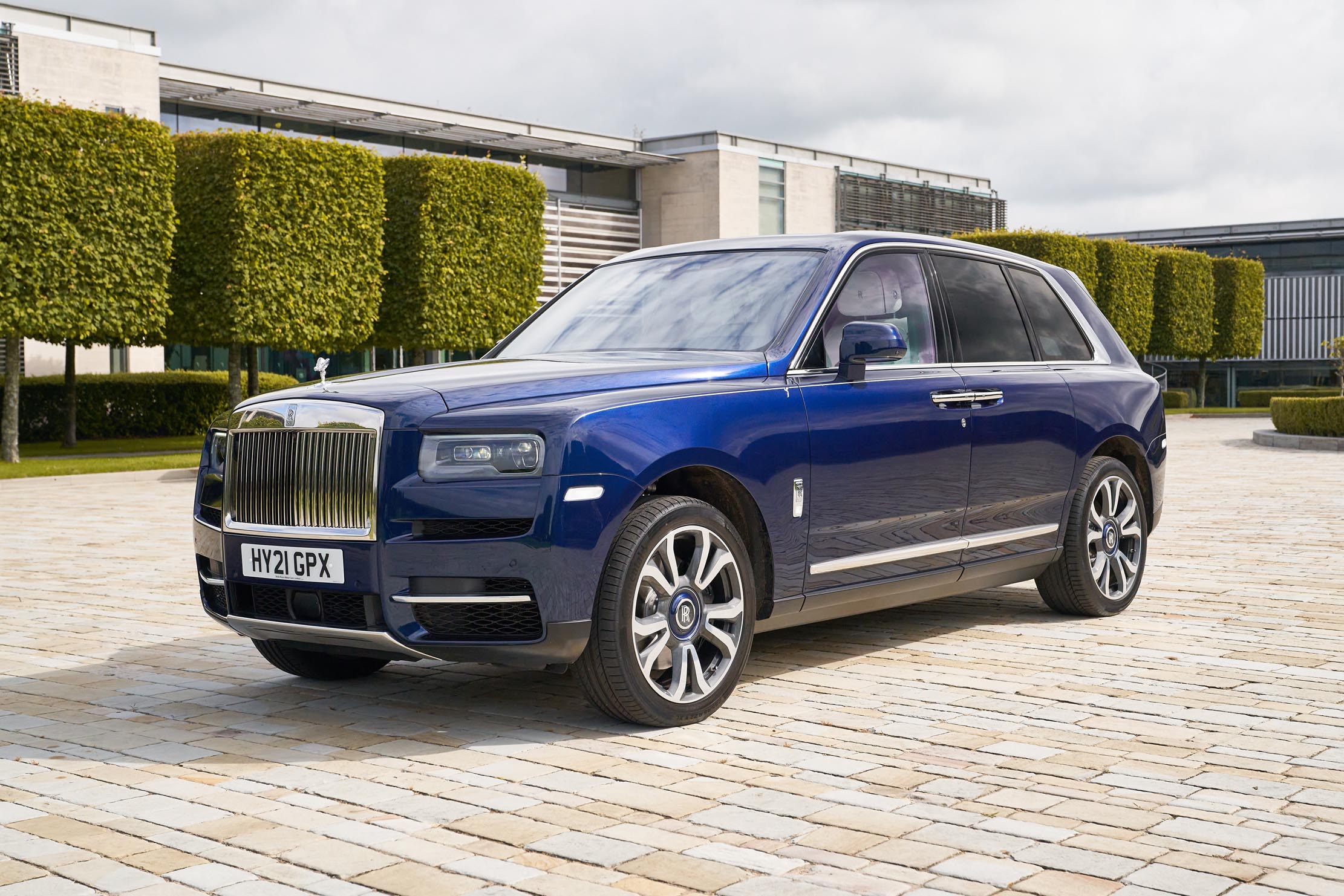
Credit: Joe Dick / Rolls-Royce
Rolls-Royce Cullinan review: Part 'awesome beast', part luxury hotel suite, part cocktail bar — and still able to do 0-60 in 5 seconds
Rolls-Royce's Cullinan is divisive in its looks, its price and even — for some — in its very existence. Yet one thing
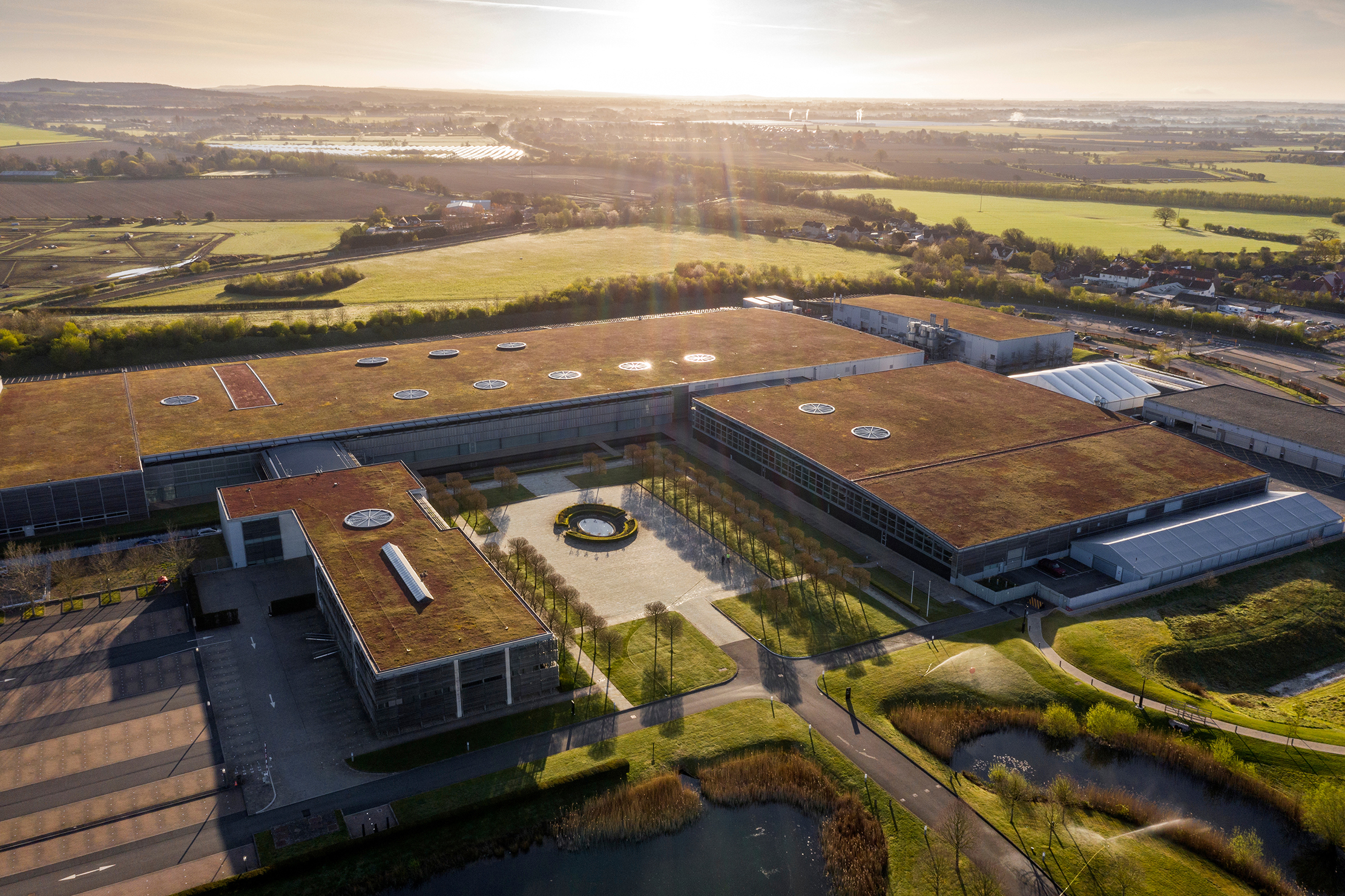
Where I work: Michael Bryden, Rolls-Royce bespoke designer

Credit: Rolls-Royce
How a mix of new-look cars and old favourites saw Rolls-Royce buck the trend of the British car industry
Rolls-Royce smashed its car sales record in 2019, and with Bentley also doing well it seems that better times are
Octavia, Country Life's Chief Sub Editor, began her career aged six when she corrected the grammar on a fish-and-chip sign at a country fair. With a degree in History of Art and English from St Andrews University, she ventured to London with trepidation, but swiftly found her spiritual home at Country Life. She ran away to San Francisco in California in 2013, but returned in 2018 and has settled in West Sussex with her miniature poodle Tiffin. Octavia also writes for The Field and Horse & Hound and is never happier than on a horse behind hounds.
